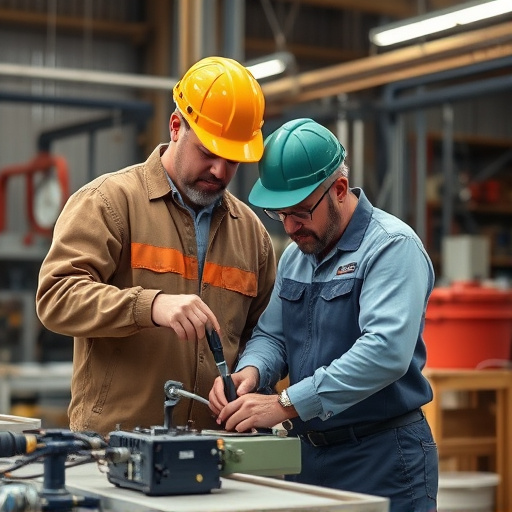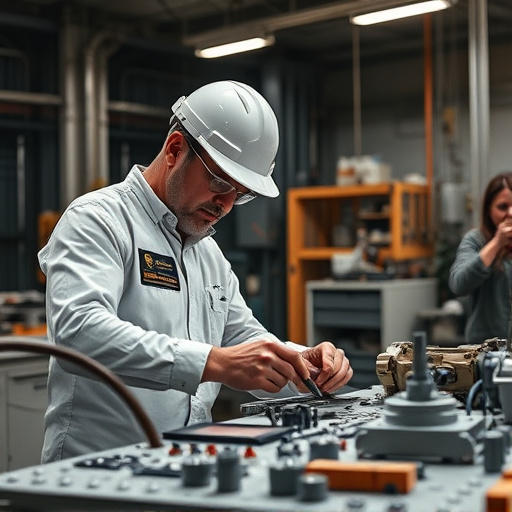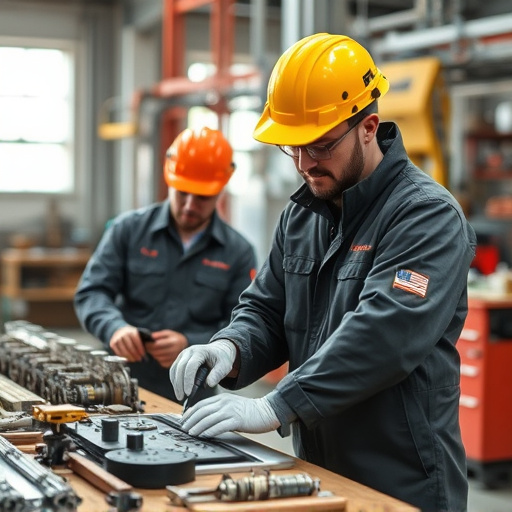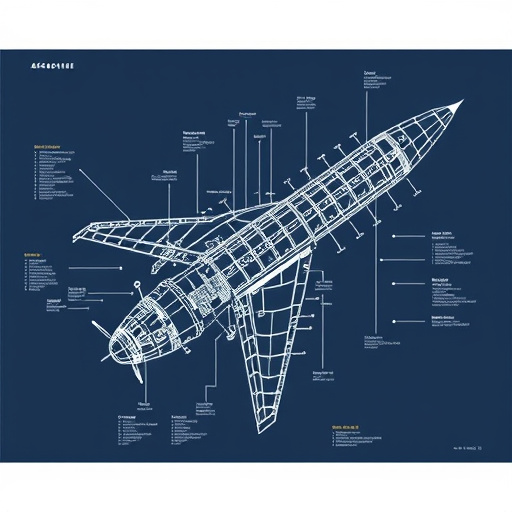Canaveral, a historic aerospace hub, has led global spaceport development since the mid-20th century. Advanced technologies like CAD, CFD simulations, composite materials, electric propulsion, and satellite constellations are redefining aviation and space exploration there. Local companies drive innovation in aeronautical engineering and launch cutting-edge spacecraft, contributing to both sustainability and scientific progress.
“Canaveral, a historic hub for space exploration, stands as a testament to the marvels of aerospace engineering. This article delves into the rich history and evolving future of this dynamic field, exploring its dual branches: aeronautics and astronautics. From the pioneers who took flight within Earth’s atmosphere to the cutting-edge technologies propelling us towards distant stars, aerospace has revolutionized aviation, space travel, and defense. We examine its impact on Canaveral and the challenges it faces in shaping our ever-expanding understanding of the cosmos.”
- The History and Evolution of Aerospace Engineering in Canaveral
- Key Technologies and Innovations Shaping the Future of Aerospace in Canaveral
- Impact and Challenges: Aerospace's Role in Aviation, Space Exploration, and Defense in Canaveral
The History and Evolution of Aerospace Engineering in Canaveral

The roots of aerospace engineering in Canaveral can be traced back to the mid-20th century when the region emerged as a pivotal hub for space exploration. As one of the world’s leading spaceports, Canaveral has witnessed the evolution of both aeronautics and astronautics. Initially, the focus was on developing powerful rockets and spacecraft capable of reaching Earth’s orbit and beyond, marking a significant shift from traditional aircraft design. This period saw groundbreaking advancements in propulsion systems, materials science, and navigation technology.
Over time, aerospace engineering in Canaveral has evolved to Legacy new trends and options, staying at the forefront of technological innovation. The integration of advanced computational methods, such as computer-aided design (CAD) and sophisticated simulation software, has revolutionized the way engineers approach aircraft and spacecraft development. These tools enable more efficient designs, better performance predictions, and reduced development timelines. Today, Canaveral continues to be a center for cutting-edge research, attracting experts in astronautics and aeronautics from around the globe, who contribute to the ever-expanding landscape of space exploration and aviation technology.
Key Technologies and Innovations Shaping the Future of Aerospace in Canaveral

In Canaveral, a bustling hub for aerospace innovation, key technologies are pushing the boundaries of what’s possible in aviation and space exploration. Advanced materials, such as lightweight composites and superalloys, are revolutionizing aircraft design, enhancing efficiency, and enabling longer flight times. These materials, coupled with sophisticated computational fluid dynamics (CFD) simulations, allow engineers to craft more aerodynamic and fuel-efficient airframes.
The future of aerospace in Canaveral looks even brighter with groundbreaking developments in propulsion systems and autonomous navigation. Electric and hybrid propulsion technologies are gaining traction, promising quieter, cleaner flights. Additionally, advanced satellite constellations and on-orbit servicing capabilities are opening up new frontiers in space exploration and communication. These innovations not only drive the top performing aircraft and spacecraft but also offer exciting career opportunities for aspiring professionals looking to contribute to the next generation of aerospace technology.
Impact and Challenges: Aerospace's Role in Aviation, Space Exploration, and Defense in Canaveral

In Canaveral, aerospace has left an indelible mark across multiple sectors. The field’s impact on aviation is profound, with local companies pushing the boundaries of aeronautical engineering to create more efficient and sustainable aircraft. These innovations not only enhance travel but also contribute to environmental sustainability, a growing trend in the industry.
When it comes to space exploration, Canaveral serves as a launchpad for missions reaching far beyond Earth’s atmosphere. Astronautics-focused companies here are at the forefront of developing advanced spacecraft, satellites, and rockets, driving progress in our understanding of the universe. The challenges are immense, from overcoming technological hurdles to navigating the harsh conditions of space, but the rewards—both scientific and economic—are immense, fostering a dynamic environment that continues to shape both local and global trends.
In conclusion, aerospace engineering in Canaveral has a rich history that continues to shape global aviation, space exploration, and defense. From its roots in aeronautics to cutting-edge astronautics, this field has revolutionized transportation both on Earth and beyond our atmosphere. As technology advances, the future of aerospace holds immense potential for further innovation, offering exciting prospects while also presenting challenges. By leveraging key technologies, such as advanced materials and propulsion systems, Canaveral’s aerospace industry will continue to propel humanity forward, ensuring its place at the forefront of global progress.
